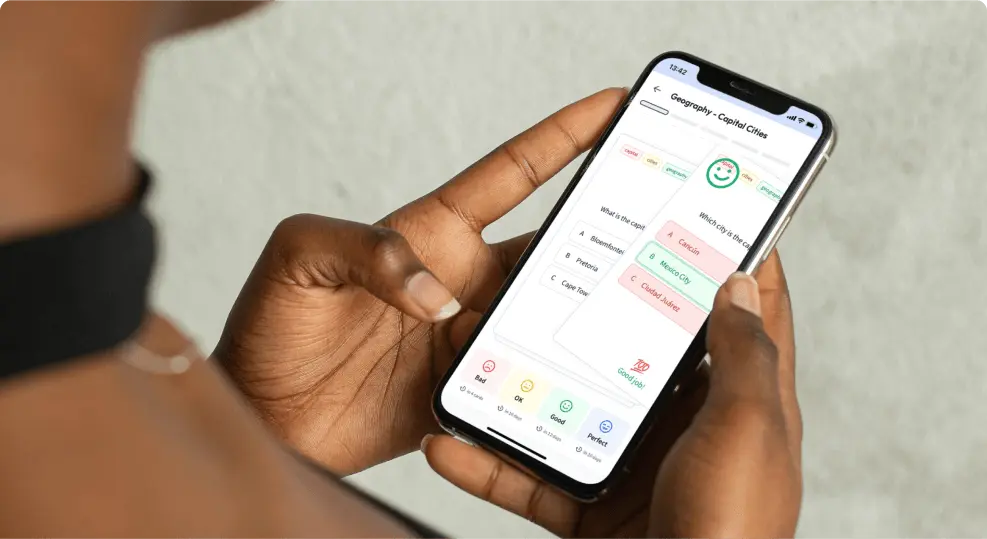The Battle of Gettysburg, fought outside that town in Pennsylvania from July 1-3, 1863, is considered one of the turning points of the American Civil War. It was the last battle of Confederate General Robert E. Lee's second and final invasion of the North during the American Civil War. Keep reading for a map, a summary, and more.
 Fig. 1 - Battle of Gettysburg by Thure de Thulstrup.
Fig. 1 - Battle of Gettysburg by Thure de Thulstrup.
Battle of Gettysburg Summary
In the summer of 1863, Confederate General Robert E. Lee took his Army of Northern Virginia northward to again invade the northern territory in the hopes of winning a major victory against a Union army in their own land. Strategically, Lee believed that such a victory might bring the north to negotiate peace with the Confederacy that would secure their independence from the United States.
General Lee's army consisted of around 75,000 men, which he moved quickly through Maryland and into southern Pennsylvania. He was opposed by the Union Army of the Potomac, which consisted of around 95,000 men. The Union army pursued the Confederate army into Pennsylvania, where Lee chose to assemble his forces for battle around a crossroads just north of the town of Gettysburg, Pennsylvania.
Army of Northern Virginia
a Confederate force led by Robert E. Lee; fought in many major battles in the East
Union Army of the Potomac
led by General Meade; the main Union force in the East
Battle of Gettysburg Map & Facts
Below are some important facts, maps, and information about the Battle of Gettysburg.
| Date | Event |
| July 1- The Union Retreat South of Gettysburg | - The first attack against Gettysburg came early on July 1 as Confederate troops under the command of General Henry Heth advanced on Union soldiers under the command of General John Buford.
- Confederate units under the commands of Generals Rodes and Early then attacked the Union's right flank north of Gettysburg and broke through.
- General Meade ordered in Union reinforcements, but the line could not hold.
- On the opposite flank, Confederates reinforcements under General William D. Pender advanced through the woods to put pressure on the Union forces there, eventually forcing a collapse of the Union line there as well.
- Though some disorganized fighting continued in the city, the Union was in full retreat and pulled back to the defensive high grounds of Cemetery Hill and Culps Hill to the south of the city.
- The pursuing Confederate forces continued to pressure the retreating Union forces, but aware of the defensive position, they decided to launch no further attacks.
- Overall, no more major attacks occurred on the 1st.
|
| July 2nd- Cemetary Hill | - In his plan for the second day of the battle, General Robert E. Lee ordered General James Longstreet's forces to focus his main attack on the Union's left flank against General Sickles while General A.P. Hill put pressure on the Union center and General Ewell the Union right.
|
 Fig. 2 - Map of the Battle of Gettysburg on July 1, 1863.
Fig. 2 - Map of the Battle of Gettysburg on July 1, 1863.
Attacks against the Union Left Flank
- The Confederate attacks began around 11:00 AM on July 2, with Longstreet's units engaging the Union at Little Round Top, and an area called the "Devil's Den"
- The fighting intensified, with both sides reinforcing and launching attacks against the other to retake Devil's Den
- The Confederates were less successful at Little Round Top, where their repeated assaults were repelled, and they were eventually pushed back and bloodied by a Union counterattack
- The Confederates were successful in taking the Peach Orchard
- The Union line stabilized and renewed Confederate attacks against Little Round Top were continuously repulsed
 Fig. 3 - Map of the Battle of Gettysburg on July 2, 1863.
Fig. 3 - Map of the Battle of Gettysburg on July 2, 1863.
Attacks against the Union Center and Right
At sunset, General Ewell launched his attack against the Union's right flank, focusing first on Cemetery Hill. Meade immediately recognized the importance of holding the hill and rushed reinforcements in to repel the Confederate attacks and recapture the hill before the Confederate troops could further press their advantage. His quick action was a success, and the Union pushed the attackers off of Cemetery Hill.
| Date | Events |
| July 3- Pickett's Charge | - The fighting on July 3 began as Lee ordered a renewed attempt to attack Culps Hill
- Lee's next plan was to launch a mass assault on the Union center
- Pickett and the Confederate forces - consisting of 12,500 men - launched their attack known as Pickett's Charge.
- Meade again responded quickly by repositioning a large number of reinforcements to the Union center.
- As the fighting subsided, General Robert E. Lee held his positions
- On the night of July 3, Lee began to pull his army back into a full retreat.
- General George Meade pursued the Confederate army with his own exhausted soldiers and met them near Williamsport, Maryland, but decided against attacking because the terrain was favorable to a Confederate defense.
- Despite pressure from President Abraham Lincoln and Major General Henry Halleck, Meade did not further attempt to pursue Lee's army across the Potomac River to destroy it.
- Disengaging, Lee's army returned to Virginia, ending his last attempt to invade the north.
|
 Fig. 4 - Map of the Battle of Gettysburg on July 3, 1863.
Fig. 4 - Map of the Battle of Gettysburg on July 3, 1863.
Pickett's Charge
the failed strategy of Confederate General Pickett on the third day of the Battle of Gettysburg; resulted in large casualties for the Confederate Army.
On August 8th, Robert E. Lee offered to resign because of the loss of the Battle of Gettysburg, but Confederate President Jefferson Davis rejected the offer.
Battle of Gettysburg Casualties
The Battle of Gettysburg, across three days of fighting, proved to be the deadliest of the entire American Civil War, and for any battle in US military history. By the end of July 2, the combined casualties totaled over 37,000, and by the end of July 3, an estimated 46,000-51,000 soldiers from both sides had been killed, wounded, captured, or missing as a result of the battle.
Battle of Gettysburg Significance
The Battle of Gettysburg ended as the largest battle of the American Civil War in terms of total casualties suffered. Though Lee's Confederate army was not destroyed, the Union achieved a strategic victory by pushing Robert E. Lee and his troops back into Virginia. After Gettysburg, the Confederate military would never again attempt an invasion of the northern territory.
With a large number of dead, Gettysburg would see the site of the first national cemetery to be built on a battlefield, and over 3,000 were buried there. At a ceremony after the battle, President Abraham Lincoln delivered his famous 2-minute speech known as the Gettysburg Address, in which he stressed the importance of continuing the war through to its conclusion in honor of the dead.
It is rather for us to be here dedicated to the great task remaining before us -- that from these honored dead we take increased devotion to that cause for which they gave the last full measure of devotion -- that we here highly resolve that these dead shall not have died in vain -- that this nation, under God, shall have a new birth of freedom -- and that government of the people, by the people, for the people, shall not perish from the earth." - President Abraham Lincoln1
Though President Lincoln was disappointed that the victory at Gettysburg had not eliminated Lee's army and so would not bring an immediate end to the war, Gettysburg was still a morale boost to the Union. Combined with the victory at the Siege of Vicksburg on July 4 in the Western Theater, it would be later considered to be a turning point in the American Civil War.
For the South, the reaction was mixed. Though Gettysburg did not bring the victory that the Confederacy had hoped for, it was believed that the damage inflicted on the Union army there would prevent the Union from attacking Virginia for a long time.
Did you know? The words of the Gettysburg Address are inscribed on the Lincoln Memorial in Washington, D.C.
Battle of Gettysburg - Key takeaways
- The Battle of Gettysburg was fought as part of a campaign by Confederate General Robert E. Lee to invade northern territory and win a major victory against the Union army there.
- The Battle of Gettysburg took place between July 1-3, 1863.
- Gettysburg was the largest battle fought in the American Civil War and is seen as a turning point in the Union's favor.
- Continued Confederate attacks over the next several days would ultimately be repelled. The last major attack on the Union center on July 3 - known as Pickett's charge - was especially costly for the Confederacy.
- After the battle, President Abraham Lincoln delivered his famous Gettysburg Address.
References
- Lincoln, Abraham. “The Gettysburg Address.” 1863.











